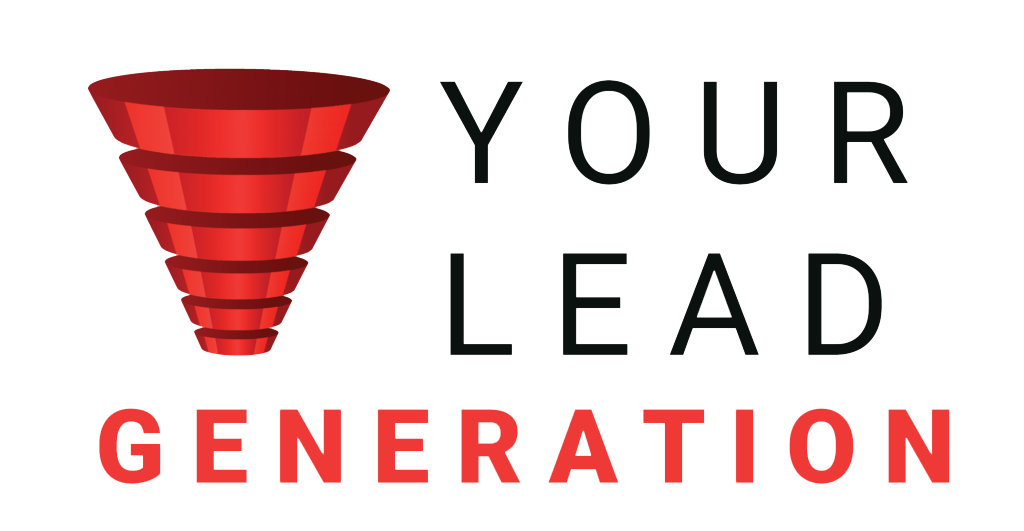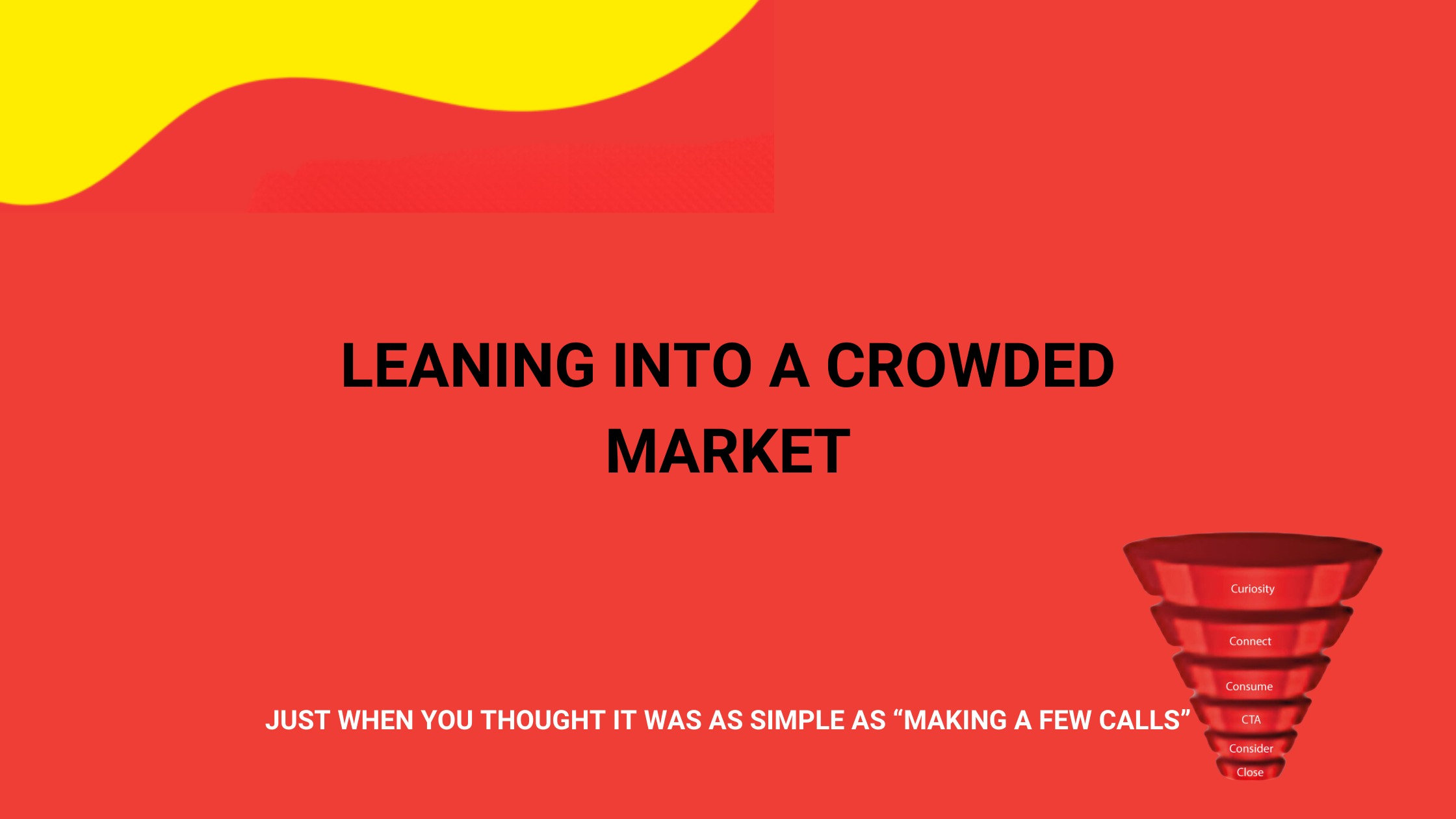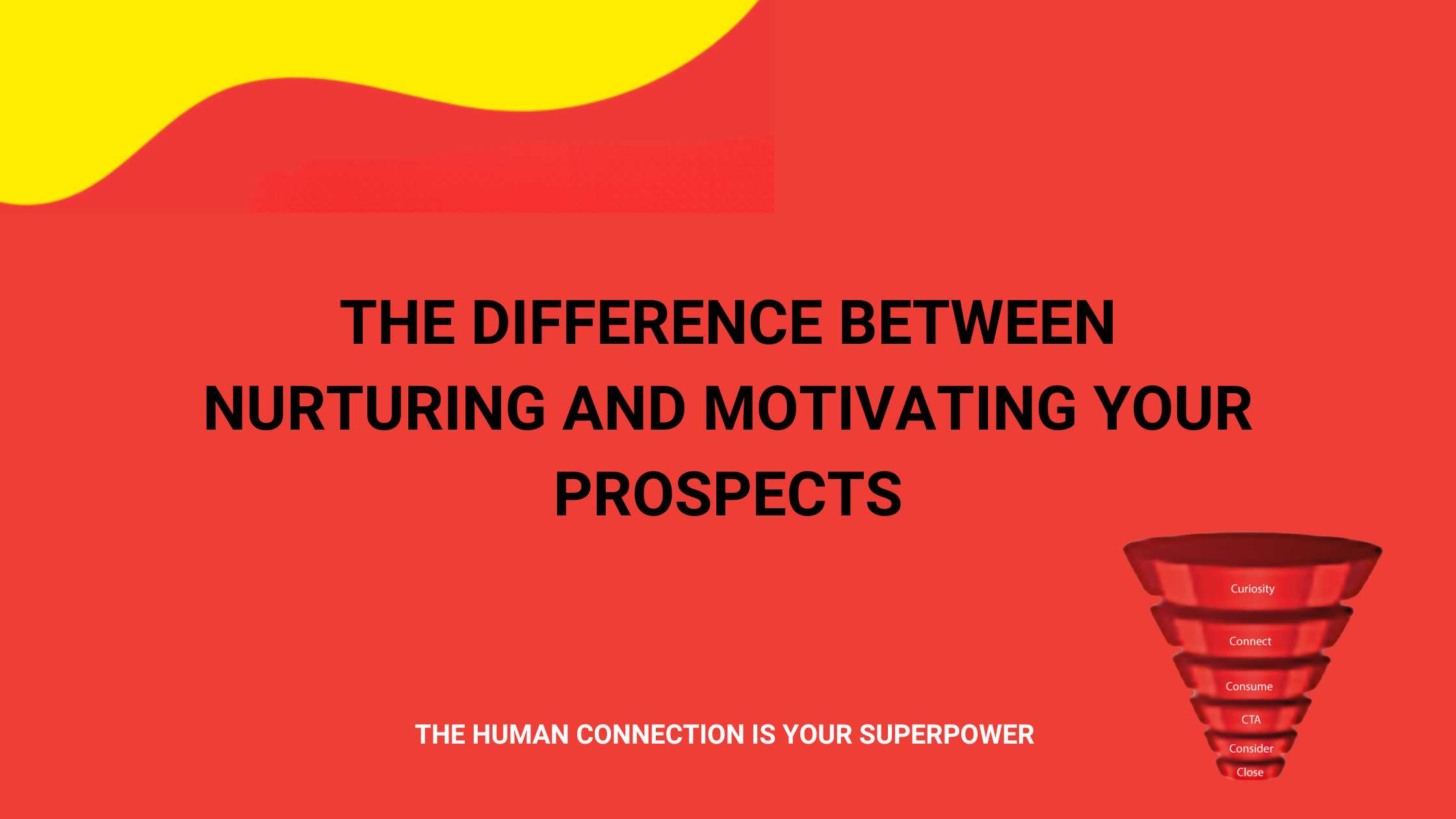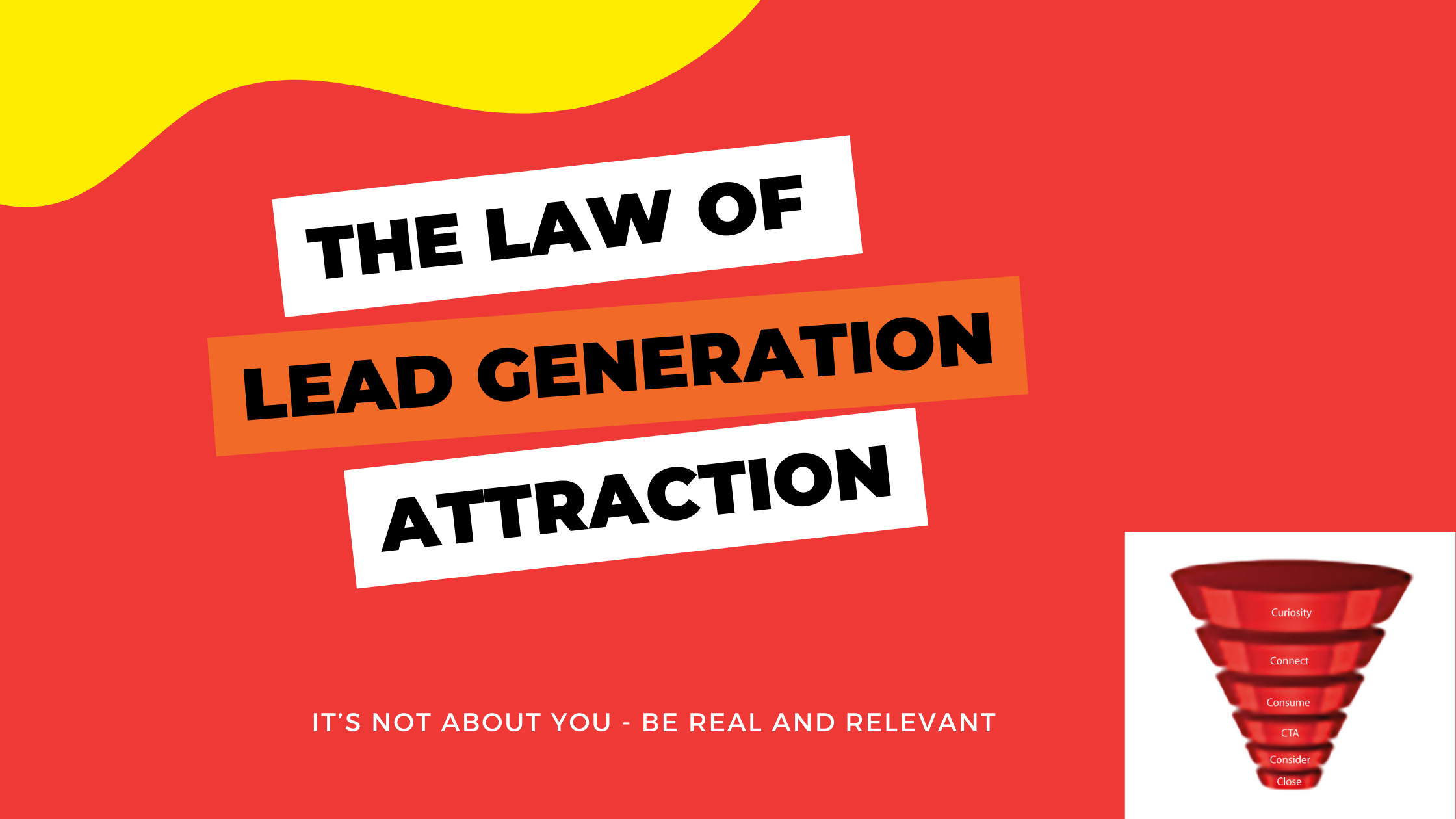Data Sources
Should you buy, build or scrape to build your lead generation pipeline?
Data is not expensive and there are plenty of data sources freely available or available at a relatively low cost. Think of it as one of the essential ingredients for your sales pipeline.
If your database (the data you own) is old, unloved and you are not quite sure how the contacts got on it you might be better to just start from scratch. Take the opportunity to get clear on the sectors you most want to work with and attract leads from and build your own lead generation pipeline.
Today we are looking at 4 data sources you can get your hands on to use in your lead generation:
- Owned
- Scraped
- Bought in
- Raw
Owned Data
This is where you use the data you already have on your own databases as the foundation for building a lead generation pipeline. The value of this data source will be dependent on how the data was obtained, has been maintained and the treatment and nurture those individuals have had from your company already.
Make sure you are not “making do” with the data you are using. Your business needs you to build a lead generation process for your ideal sales pipeline so don’t make do .
Not sure if your own data is any good? Why not pick out what you consider the hottest most engaged 100/200 or 10% and call them and see how familiar you are to them.
Problems we get in lead generation when working with owned data include:
- It is not segmented in any particular way so a random collection of data – depending how large the database makes it hard to go back and segment
- GDPR is difficult as you wont know why they agreed to give you their data or how the data was acquired
- What age it is and if the contacts are still current (or even alive, yes we have had deceased on a database)
- False expectation as to the value of your database you proudly talk about – they are generally not as warm as you think.
Beware, it is not always the cheapest or best data – it can take longer to go and search for a contact or account .
You will think your owned data is warmer than it is
In your mind you are emailing out to these “contacts” once a month. In reality you are emailing from your “company” to a stranger. No person has actually tried to build a relationship with the receiver (or it was along time ago when they handed you a card at a BNI breakfast).
In our experience owned databases are cold with no or very little recall (hence why you are googling lead generation maybe and have happened on this blog!).
We once called through 100 of the most ‘engaged’ in a company’s database list as a starter, out of the 100:
- 15 were competitors
- 1 company recalled the company we were calling on behalf of
- 17 companies we called had bought or were in the process of buying the services (web/app services) that our client sold and had not considered our client in that buying process.
- 24 contacts were no longer at the company they were listed with.
- This left approximately 45 contacts who were now at the start of a cold campaign to verify, qualify and start to build familiarity so they moved through the sales pipeline.
Where you do have a list of targeted account/company types it is worth doing the work. Treat it as raw data, start at the top and find the right connections in each organisation. For instance, one client had a list of public sector organisations and we just started from scratch to find the individuals and positions we wanted to target – the organisations hadn’t changed so it was just finding the right personnel.
Scraped data
Data scraping, also known as web scraping, is the process of importing information from a website or platform into a spreadsheet or local file saved on your computer.
You can use LinkedIn for this information. It’s a quick way to get data together and has a great filters. The data is only as good as individuals were particular about putting their details on LinkedIn and filling in all the fields. It can be messy (for example, contacts remain connected with past businesses they are no longer with so be careful with your filtering) and it still needs to be graded and segmented as you call.
In our experience this is “time expensive” to work.
If you are active on LinkedIn and have been connecting with the target market it may be great data. If you are not active on socials your audience is not going to be warm and if you have not been consciously connecting with your ideal target market your list is probably going to be poor.
To give an example, we have a client who we have worked with for over 12 months. Over that time we have consciously connected with 3 senior roles in a target industry, we have been posting at least 3 x a week with educational content and articles and direct messaging. This data is good data for us to scrape, upload to a database and target directly and we do that. The individual’s audience has already bought in C-suite level enquiries from LinkedIn, the company has great familiarity in their niche because of the content we have shared and with a few hours work we have a good list.
Take a look at your LinkedIn connections – are they who you want to work with? If then answer is ‘no’ then today, start reaching out and connecting with who you do want to work with.
Bought-in data
Listbrokers have a bad reputation but there are good ones out there and it is relatively inexpensive way to source data. You can identify all the usual segments to get to identify your target market – geography, size, revenue, company type, industry sector etc, there may be the opportunity to specify a particular role within the business.
The more targeted the data the more expensive it will be, to drill down for particular roles eg “IT Directors” means that the list is being updated fairly regularly so you will pay for that specific detail.
Make sure the list is from a large enough data set so you can go buy some more if needed down the line.
Its cheap on time, hand over your money and you are ready to go.
Raw data sources
This is data from Creditsafe or other sites where they use lists of organisations registered with Companies House. You will get the names of the registered directors of the company which are listed with Companies House, revenue indicators etc and other general information. At best it has the name, address, web, phone and company email. You get to search geographically,by company size and by SIC (standard industry classification) codes so it gets you in the right ballpark.
Raw and bought-in data I class as similar, depending on how specific the individual contact is on the bought- in data.
Again its cheap on time and you can soon be ready to go.
Which ever data source you use the kicker is you need data to build a pipeline and the best thing you can do is get started and start building.
The best time to start building that sales pipeline was the day you started your business, the next best time is today.




